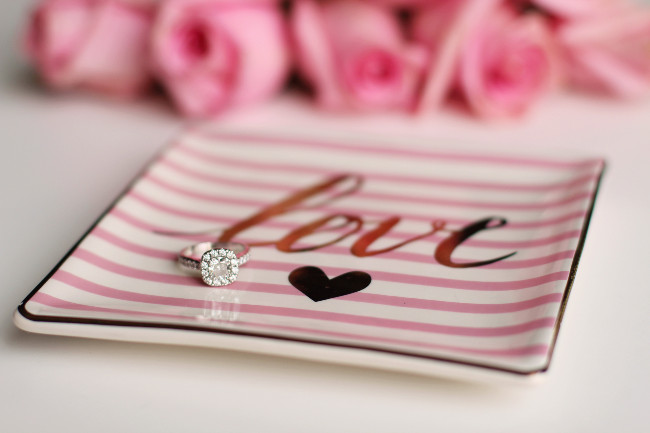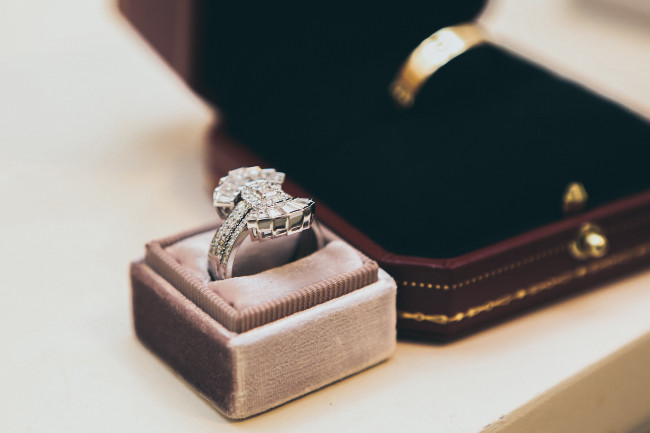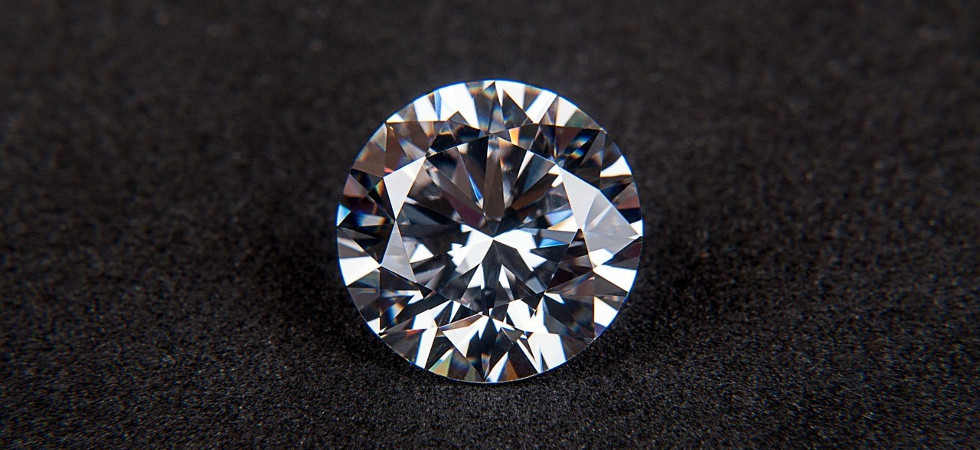If you have been surfing the internet for long enough, you have surely seen the issue of man-made (synthetic) diamonds vs. natural diamonds being debated ad nauseam on various forums and message boards. Some, if not too many people refer to lab-grown diamonds as being fake and technically worthless, with their value artificially inflated by the diamond market. While this opinion is understandable in some respects, this does not change the fact that it is incorrect and omits a lot of background details and nuances.
The truth is, the majority of lab-grown diamonds are chemically, physically and structurally indistinguishable from their natural counterparts. Like other natural occurring phenomenon, through the miracle and science and clever bio-engineering, the diamond creation process can be easily replicated in laboratories. If you are in the market for a diamond, the purpose of this article is to help you make a decision based on facts, regardless if you are going for a natural diamond or a lab-grown one. Here is a quick buying guide.

How are Diamonds Created in Nature?
Before ending up at an auction and then in the collection of a wealthy person or finger of a lucky wearer, the diamond’s journey is quite long and arduous. Without getting into all the specific scientific processes that lead to the formation of diamonds, the short explanation is that diamonds require a very specific subset of naturally occurring conditions to appear and achieve the form in which they are considered valuable.
Their journey starts in a few specific zones of the Earth’s mantle, about 150 kilometers below the surface. In order to form, diamonds require high amounts of physical pressure and temperatures that go as far as 1050 degrees Celcius, over a time period that can span even several billions of years. The only place where this combination of high pressure and temperatures can be found is below the continental plates. After several billions of years of volcanic eruptions, diamonds eventually reach the Earth’s surface in the form of large chunks of rock, which then have to be polished by experts.
To surmise, a diamond, which is the toughest, most stable form of pure carbon, forms only after certain conditions are met, which involve being exposed to extremely high temperatures and amounts of pressure certain areas of the planet’s mantle. This short explanation might lead some people to believe that these very specific (and dangerous) conditions cannot be replicated by men in laboratories, but they can. Remember that experts, through the miracle of science, have managed to create lab-grown gold that is just as (if even more) valuable than its natural counterpart.

How are Lab Grown Diamonds Made?
The best man made diamonds (or synthetic) are created and grown in highly-controlled laboratory conditions by experts who are familiar with the geological processes that lead to the formation of natural diamonds. Usually, mad made diamonds are sold cheaper for this exact reason – but this fact alone is not strong enough to devalue them in no shape or form.
When it comes to the fabrication process itself, there are several methods that experts use to create synthetic diamonds. The original, most common method involves usin the same amounts of pressure and temperature – the process is popularly known as high pressure, high temperature (HPHT). The geological process and the Earth’s natural growing environment that we have mentioned in the previous entry are replicated in the laboratory by using huge presses that can weight several hundreds of tons. These presses produce a pressure of 5 GPa at 1500 degrees Celsius.
A second method, which is more expensive to employ, involves using chemical vapor deposition (or CVD). Through this process, the manufacturers can build a carbon plasma on top of a substrate, where carbon atoms can be forced to gather in order to form a diamond.
By using these highly complex scientific processes to replicate the natural conditions in which the precious stones are formed, the experts can create ‘’artificial’’ diamonds that are chemically, geologically and structurally indistinguishable, if not as valuable in some respects, as their counterparts.
Apart from the fact that they are created artificially, the only other reason why they are usually sold at a much lower price than natural diamonds is that it is (surprisingly) much cheaper to create a diamond from scratch than to extract them from mines and polish them until they reach a sellable form. Moreover, it is worth noting that not every natural diamond is created equal – some diamonds are just naturally worthless, regardless of the level and quality of polish. Synthetic diamonds, on the other hand, are valuable from their inception.
Are Natural Diamonds More Valuable than Artificial Diamonds?
Technically, yes, but not for the reasons that you would think about. A commonly held belief is that diamonds are so valuable thanks to their rarity. In reality, diamonds are not that rare – in fact, amongst other gemstones, diamonds are the most naturally occurring precious stones. Are they rare because of their chemical composition? Apart from being amongst the hardest materials in the world, they do not possess any other special characteristics. Neither are the world sources of diamonds depleting, which is another common myth.
So, what makes natural diamonds so valuable? This is a pretty complicated question, but in short, it is a combination between how we, culturally and historically, have been perceiving these gemstones and an artificial scarcity created by the diamond market. When it comes to diamonds, the most basic rules of economics can be applied: if people are made to believe through certain means (media, literature, etc.) that certain objects are rare and valuable, their value will grow beyond its physical and structural limitations.
As for man-made diamonds, their value is measured by other standards. Usually, the price of an artificial diamond is given by the quality of its cuts – basically, the standards of production. The cut provides the gemstone with sparkle, color and other visual pinpoints that are commonly associated with value. Lab-grown diamonds are graded with a different system than natural diamonds. When a diamond is found to be artificially produced, the GIA (Gemological Institute of America) issues a Synthetic Diamond Grading Report, which takes elements such as metallic residue, colors, clarity to estimate its value.

Conclusion
The bottom line is that both natural and artificial diamonds have the same chemical and structural composition and shine just as brightly. Since all the beliefs surrounding natural diamonds – such as rarity, value – are proven myths and scientists can replicate the exact condition that lead to their formation in nature, whether or not one is more valuable than the other is up to you.
The purpose of this piece is to present all the facts and ensure that you will make an informed decision and not feel guilty about choosing one or the other. Do what feels right to you, keeping in mind that purchasing a man made diamond is not less of an acquisition than picking up a natural one.






















